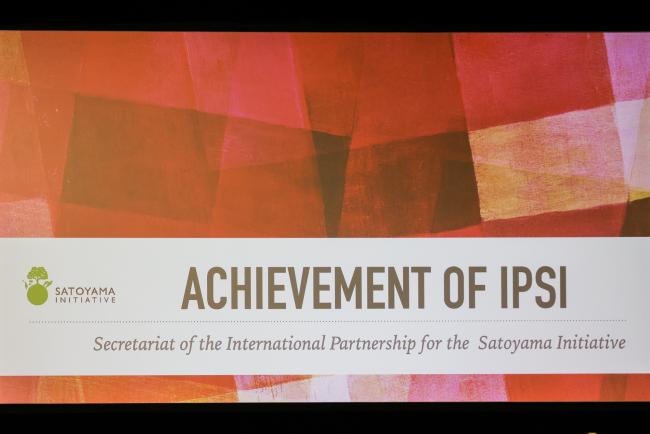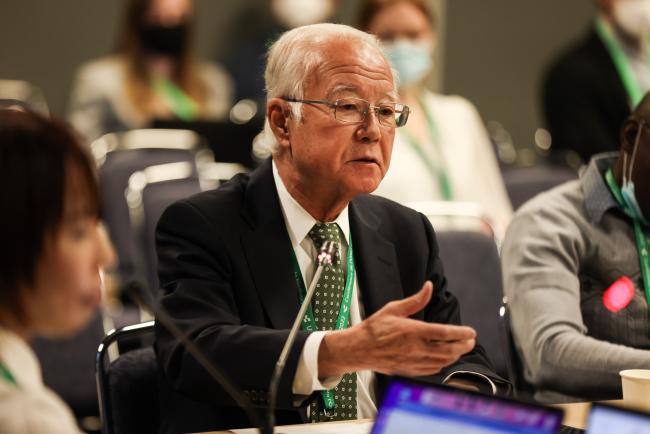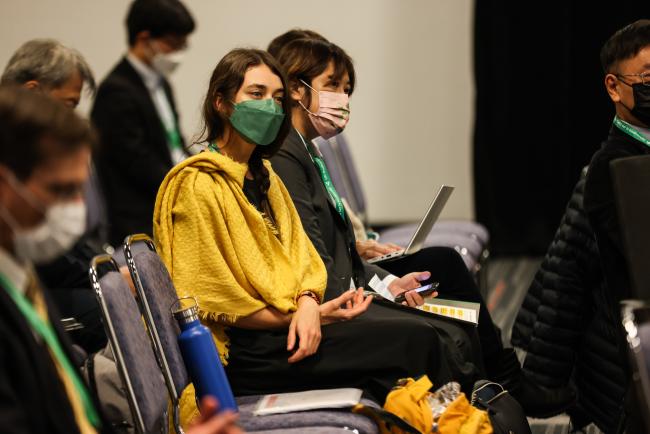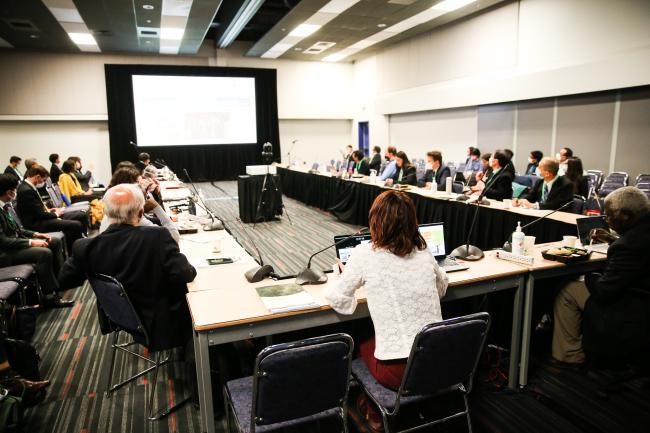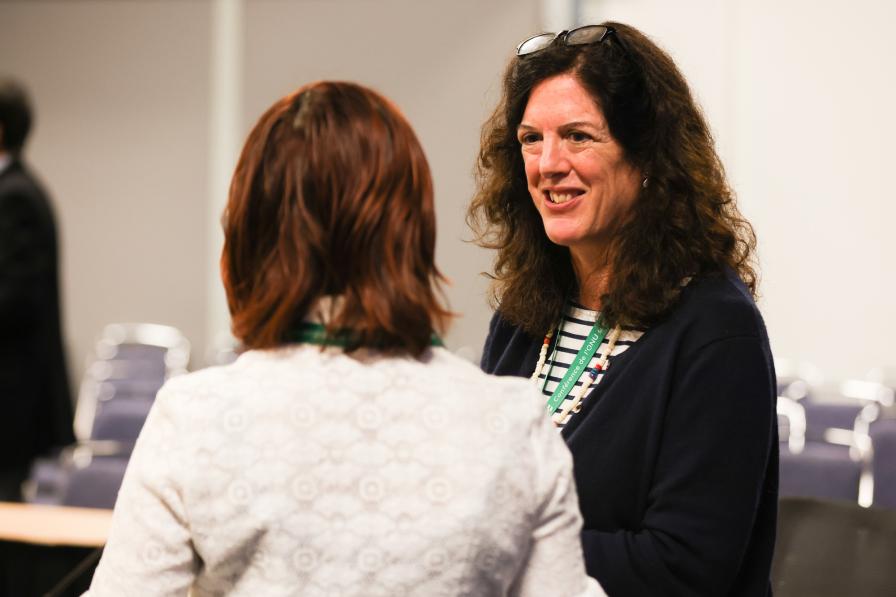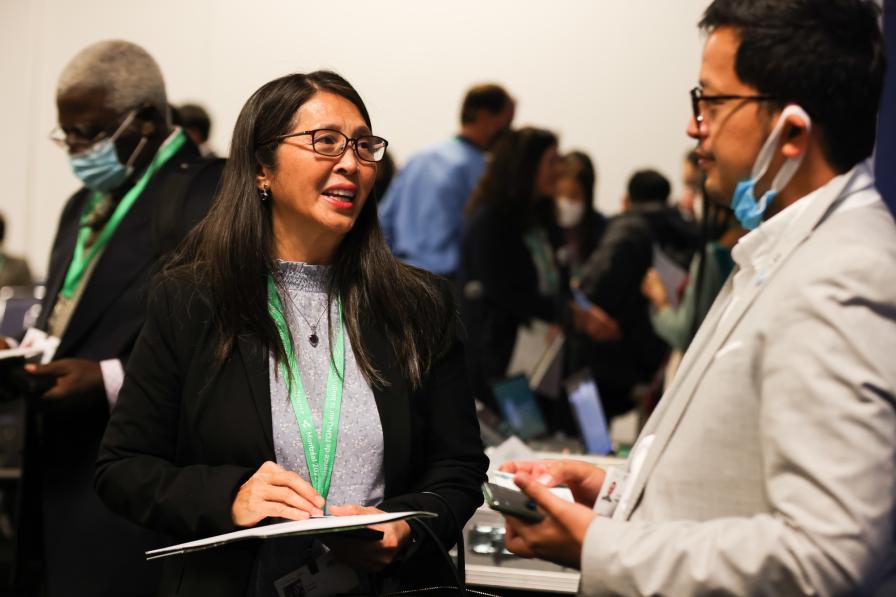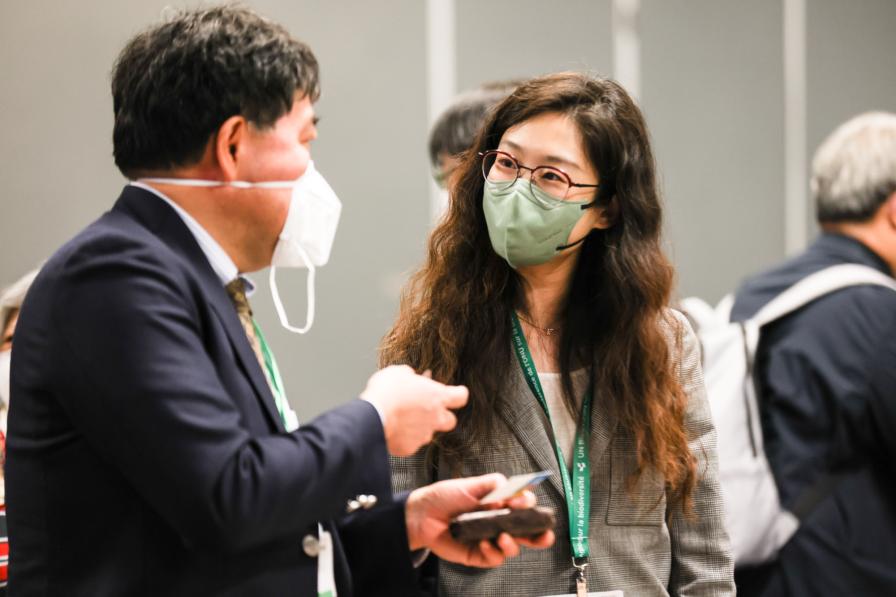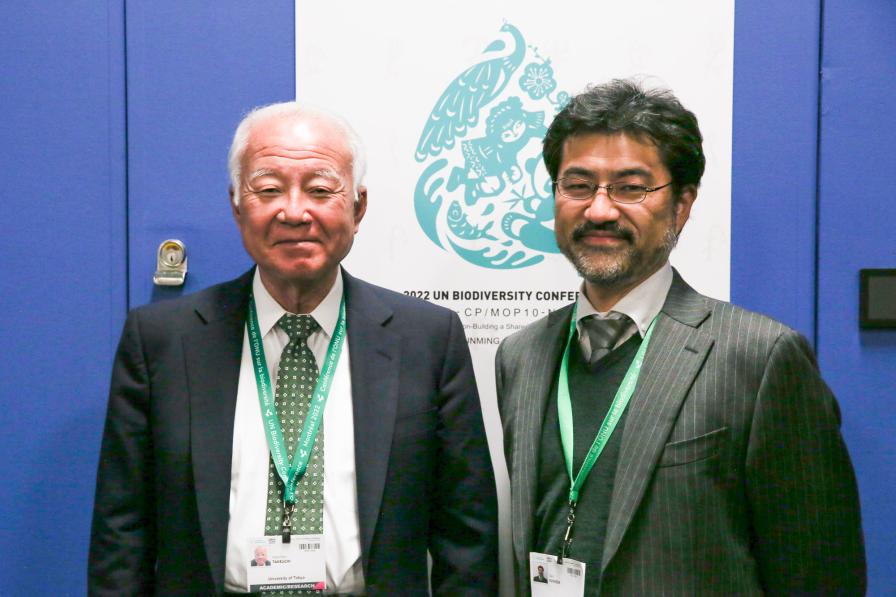About
This side event presented the results of 12 years of the Satoyama Initiative—a global effort to realize “societies in harmony with nature” through landscape approaches first proposed at CBD COP 10.
The Satoyama Initiative is a global effort to realize “societies in harmony with nature” through landscape approaches, and first proposed at the 10th meeting of the Conference of the Parties to the Convention on Biological Diversity (CBD COP 10) in Nagoya, Japan. This side event, moderated by Makiko Yanagiya, UN University – Institute for the Advanced Study of Sustainability (UNU-IAS), presented the results of 12 years of the Satoyama Initiative.
Tsuano Watanabe, International Partnership for the Satoyama Initiative (IPSI), stated that the Partnership focuses on climate change mitigation and adaptation, food security, disaster risk reduction, and socio-economic development of local communities. He noted it currently comprises nearly 300 countries, generating more than 250 case studies on socio-ecological productive landscapes and nearly 60 collaborative activities over the past decade.
Keiichi Nakazawa, Ministry of Environment, Japan, highlighted the contribution of the Satoyama Initiative to the 30x30 agreement for protected area conservation measures, particularly for other effective area-based conservation measures (OECMs). Alfred Oteng-Yeboah, IPSI, emphasized the ways in which the Initiative has repeatedly demonstrated how “societies in harmony with nature” can be achieved, including as an outcome of international collaboration.
Kazuhiko Takeuchi, President, Institute for Global Environmental Strategies (IGES), noted his role in facilitating the coordination mechanism of IPSI, having overseen the funding of almost 60 socio-ecological production landscapes and seascapes (SEPLS) initiatives in 25 countries that have come from the Partnership. He stressed that each case is “a microcosm of experience that helps guide the Satoyama Initiative into its next phase.”
Wataru Suzuki, CBD Secretariat, described Community Development and Knowledge Management for the Satoyama Initiative (COMDEKS), sharing how COMDEKS has played a critical role in community-based modeling and restoring the resilience of local landscapes and seascapes through attention to ecosystem services and agro-ecosystem management.
Yanagiya then presented on achievements and future plans for IPSI. She highlighted top responses from a questionnaire on the outcomes of the Partnership over the past decade as increased publicity, publication of case studies, and obtained knowledge. On strategic priority areas in the new IPSI Plan of Action, Yanagiya stressed: knowledge uptake; area-based conservation measures, including OECMs; ecosystem restoration; market mechanisms supported by the Taskforce on Nature-related Financial Disclosures, and policy and capacity development. On future plans, she noted that IPSI is developing a manual on applying landscape approaches to National Biodiversity Strategies and Action Plans (NBSAPs) in line with the Post-2020 Global Biodiversity Framework.
Yueyu Zou, Asian Development Bank (ADB), highlighted the ADB as a potential new IPSI partner. As one example of how the ADB is “putting nature on the agenda,” she mentioned the Natural Capital Lab platform for making informed investment and planning decisions involving biodiversity and ecosystems through: enhancing understanding and methods for natural capital accounting; strengthening policy, institutional, governance, and regulatory frameworks and tools; catalyzing sustainable finance and innovative financing mechanisms; and building knowledge, capacities, and partnerships.
In a panel discussion moderated by William Dunbar, Conservation International, panelists discussed possible IPSI partnerships going forward. Terence Hay-Edie, UN Development Programme (UNDP), stressed the importance of governance in partnerships that focus on socio-ecological production landscapes and seascapes. He emphasized how the goal of the first two phases of COMDEKS was to aggregate and cluster small grants for areas without clearly-defined boundaries or without management plans, noting that phase three aims to ensure the institutional and financial sustainability of the SEPLS. He stressed that COMDEKS is part of a broader UNEP agenda to encourage sub-national and local action for achieving the Sustainable Development Goals (SDGs).
Somaly Chan, Ministry of Environment, Cambodia, identified how her country has mainstreamed the Satoyama Initiative into its NBSAP. She stressed, inter alia, the importance of financial mechanisms for implementation, calling for simplification in COMDEKS work in Cambodia.
Maurizio Farhan-Ferrari, Indigenous Peoples and Local Communities (IPLC) Forest Peoples Programme, stressed that Satoyama’s concept of human settlements living in harmony with the living environment is comparable to IPLC lessons on customary sustainable use of nature. He stressed the importance of IPLCs to participating in IPSI, emphasizing that the Satoyama Initiative can contribute to several Post-2020 Global Biodiversity Framework targets, including Targets 9-13 on sustainable use and benefits of biodiversity for people, and Targets 14-22 on sustainable production and consumption systems. He underscored the need for a “whole of society approach,” stressing that the framework can only be implemented if mechanisms promote implementation at the local and sub-national levels, especially involving women, youth, and IPLCs.
Organizers: UNU-IAS, Ministry of Environment (Japan), IGES, UNDP, CBD Secretariat, IPSI
Contact: Makiko Yanagiya I UNU-IAS | yanagiya@unu.edu
For further information: https://ias.unu.edu
All ENB photos are free to use with attribution. For this event, please use: Photo by IISD/ENB | Natalia Mroz
To receive free coverage of global environmental events delivered to your inbox, subscribe to the ENB Update newsletter.


